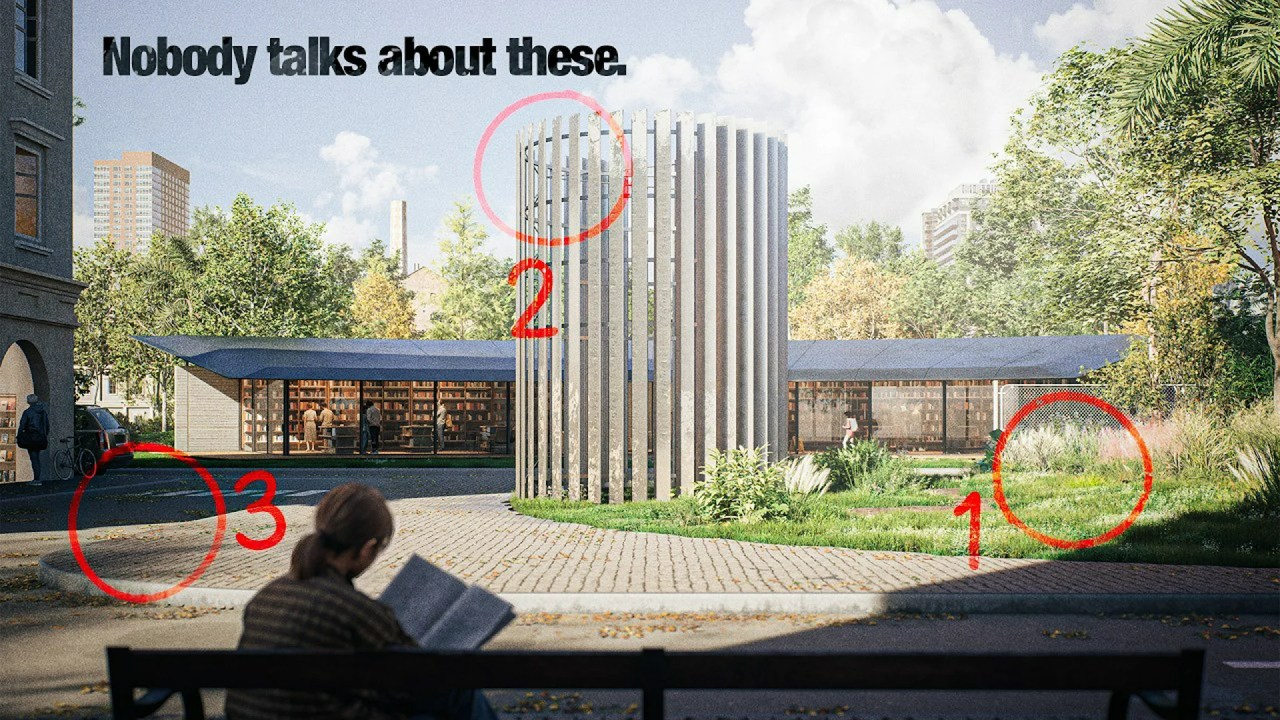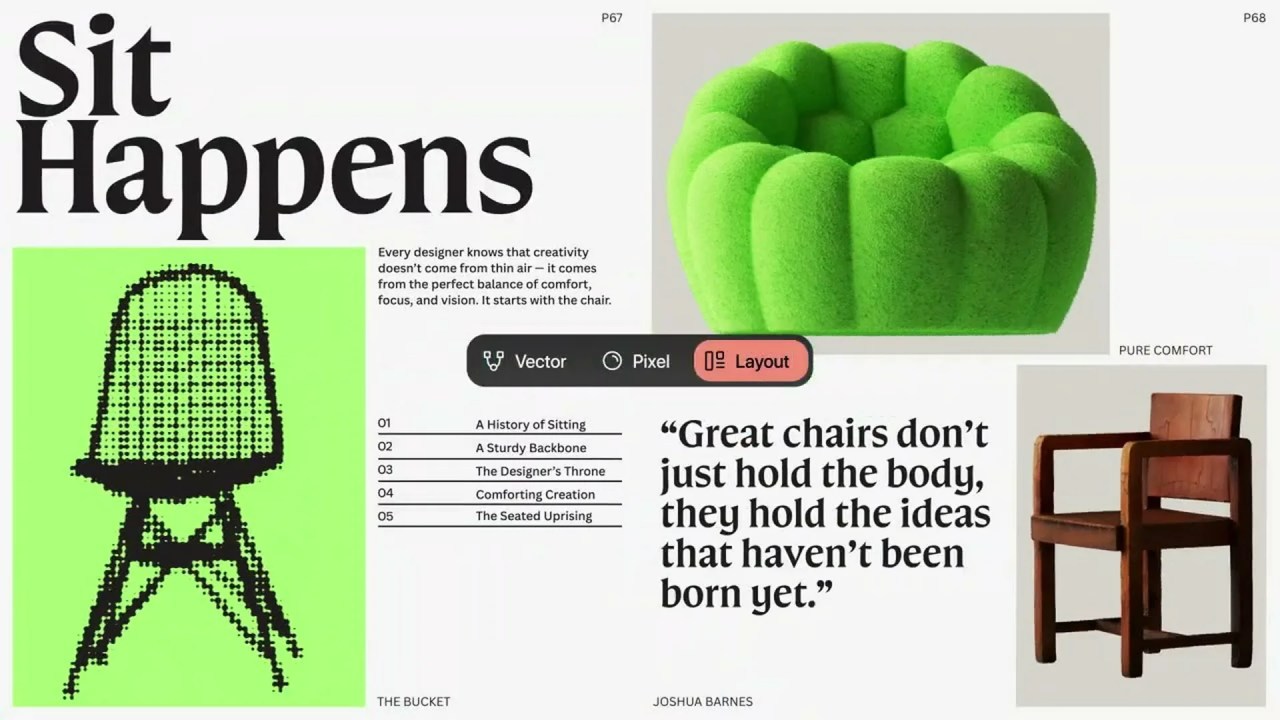Dive into Martin Klekner’s unique Blender workflow for stylized 3D shots. Learn how he blends traditional animation with modern tools like Shader-to-RGB, camera projection, and Grease Pencil to achieve stunning, hand-painted aesthetics efficiently.
In the world of 3D animation, achieving a distinct artistic style often requires innovative techniques. Renowned 3D artist and animator, Martin Klekner, known for his captivating stylized work and the acclaimed short film “The Last Wolf,” shares his refined workflow for creating stunning stylized shots in Blender. His approach prioritizes artistic expression and efficiency, transforming complex projects from weeks into days. This tutorial is a treasure trove for anyone looking to infuse their 3D renders with a non-photorealistic (NPR), hand-painted charm.
How I Make Stylized Shots in Blender by Martin Klekner
The Foundation: Idea to Blocking
Klekner emphasizes starting with a clear vision. Whether it’s a quick 2D sketch for composition or a 3D block-out with rough shapes and colors, defining the framing, mood, and timing early on is crucial. This initial stage sets the stage for the entire creative process, allowing the artist to quickly iterate on ideas before diving into detailed work.
Bringing Movement to Life: Animation Techniques
Animation is a cornerstone of the creator’s workflow. While he often leverages pre-made animations from resources like Icone and Mixamo for basic movements, he truly shines when hand-animating for nuanced character performances. A key technique he employs is “animating on twos, threes, or fours.” This involves posing on every second, third, or fourth frame, which imparts a delightful, subtle choppiness reminiscent of classic animated films.
For those eager to master animation, Martin highly recommends Brian Kouhi’s animation course from toAnimate, which covers everything from fundamental principles to advanced character expressions. He even provides a special discount code: MARTIN10.
Crafting Stylized Materials and Environments
To achieve a consistent stylized look, the artist utilizes a “shader to RGB” node setup for materials. This forms a unified base style, which can then be enriched by blending textures or by maintaining flatter surfaces and using Blender’s Grease Pencil for accentuation.
One of the most ingenious aspects of this workflow is the efficient creation of environments through camera projection. Simple 3D objects are rendered from a specific camera angle, then taken into Photoshop for hand-painted details, and finally projected back onto the geometry in Blender. This method, while angle-dependent, drastically reduces the need for extensive 3D modeling and texturing, allowing for a truly painterly aesthetic without the heavy workload. For further learning on cinematic storytelling, consider checking out the Master Cinematic Storytelling Course.
Adding Artistic Details: Vegetation, Clouds, and Grease Pencil
The video highlights how Klekner doesn’t stop at just characters and environments. He masterfully integrates additional elements to complete the scene:
- Vegetation: Painterly 2D vegetation and trees are carefully added, often sourced from places like Superhivemarket, to seamlessly blend with the projected backgrounds.
- Clouds: Most atmospheric elements, particularly clouds, are hand-painted 2D assets created in Photoshop and then layered in Blender. This contributes significantly to the dreamy, painterly vibe of his shots.
- Grease Pencil: This versatile Blender tool is woven throughout the entire process. From completely hand-drawn, frame-by-frame animated elements to automated applications for emphasizing edges and details, the Grease Pencil is key to his signature look.
The Final Polish: Bringing it All Together
The concluding phase involves meticulous adjustments: tweaking animations, refining materials, perfecting lighting, and ensuring all disparate components—characters, assets, backgrounds, and clouds—harmonize into a cohesive and visually striking whole. Klekner’s workflow is a testament to blending diverse artistic methods, fostering a more hands-on and creatively liberating experience in 3D production. His dedication to non-photorealistic rendering (NPR) showcases how artists can carve out unique visual identities in a saturated digital landscape, proving that artistic vision often thrives beyond the pursuit of pure realism.
Source:
Martin Klekner – How I Make Stylized Shots in Blender



